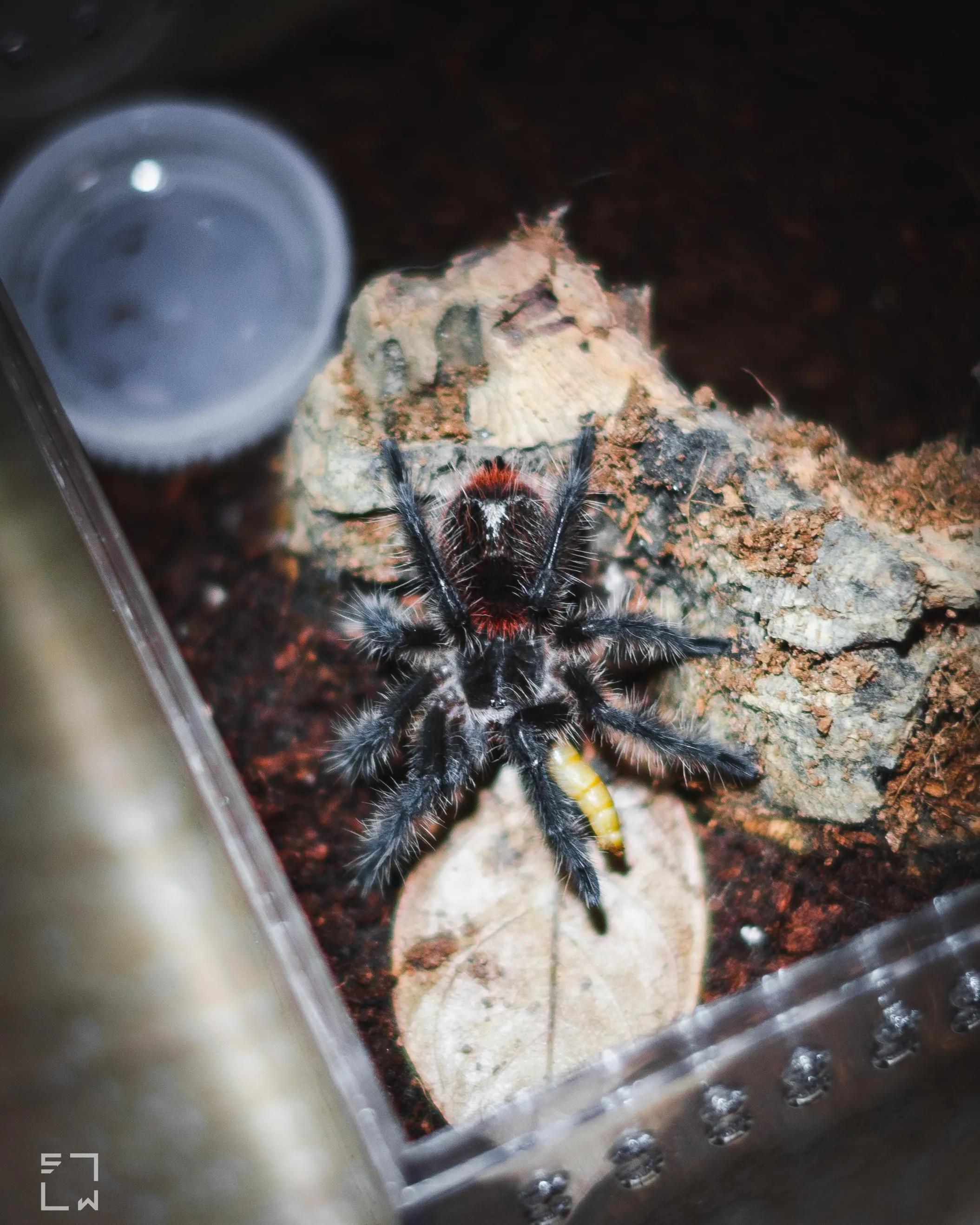Understanding Tarantula Feeding
Tarantulas, captivating creatures known for their impressive size and diverse appearances, are a fascinating subject for observation, especially during feeding. Understanding the intricacies of their feeding behavior is crucial for any tarantula enthusiast or keeper. Watching these arachnids consume their meals provides valuable insights into their hunting techniques, dietary preferences, and overall health. The opportunity to observe this natural process in detail, particularly through the use of slow-motion video, offers a unique perspective, allowing for a deeper appreciation of these amazing creatures.
The Natural Feeding Behavior of Tarantulas
In their natural habitat, tarantulas are opportunistic predators. Their feeding behavior is dictated by their instinct to survive. They typically ambush their prey, using their keen senses and speed to capture insects, small vertebrates, or other invertebrates. The tarantula’s feeding process begins with detecting movement, followed by a swift strike and venom injection to immobilize the prey. The tarantula then uses its chelicerae to grind the prey and consume the liquefied contents, leaving behind the exoskeleton. The frequency of feeding depends on the age, size, and species of the tarantula, but understanding these natural behaviors is critical for responsible captive care.
Why Observe in Slow Motion
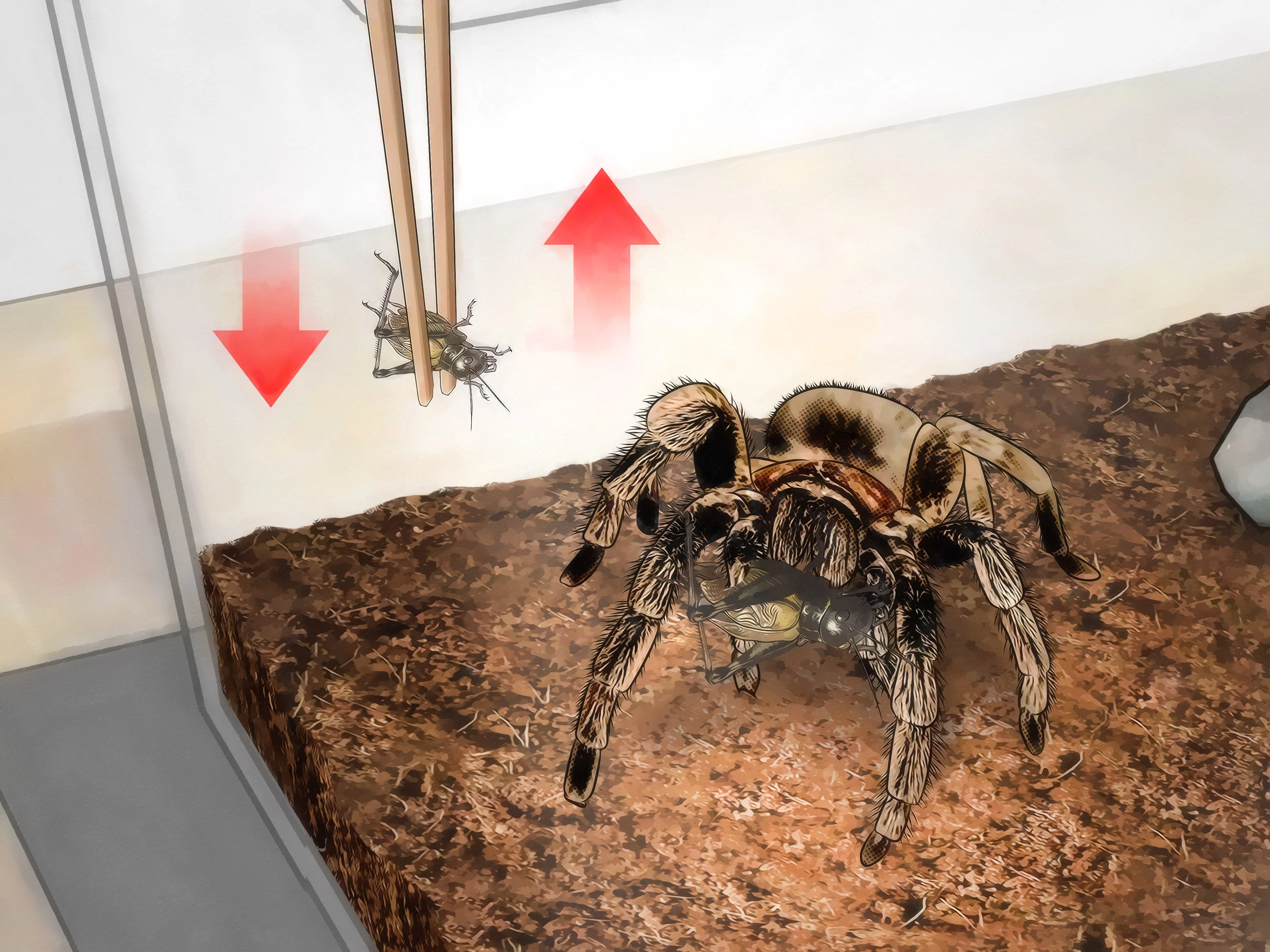
Observing tarantula feeding in slow motion provides a unique advantage. It allows you to break down the intricate details of the feeding process that would be otherwise missed by the naked eye. Slow motion reveals the lightning-fast movements involved in the strike, the precise coordination of the tarantula’s legs, and the subtle nuances of its venom delivery. This detailed observation allows for a better understanding of tarantula behavior, enabling you to identify potential health issues and make informed decisions about their care. Slow motion also offers a captivating visual experience, allowing enthusiasts to appreciate the beauty and complexity of these creatures.
Setting Up Your Slow Motion Observation
Setting up a slow-motion observation of your tarantula feeding requires careful planning and the right equipment. The goal is to capture clear, detailed footage of the feeding process without disturbing the tarantula. This ensures a stress-free environment and high-quality video. Preparing the setup beforehand will enhance your ability to capture great footage, allowing you to gain insights into your tarantula’s behaviors. Taking your time to select the equipment and optimize the environment will pay off handsomely when it comes to analyzing the videos later.
Essential Equipment You Need
The essential equipment includes a high-speed camera capable of recording at a high frame rate (e.g., 120fps, 240fps, or higher). A macro lens is essential for capturing close-up details. Good lighting is also crucial; consider using LED lights to avoid heat. A stable tripod is necessary to prevent camera shake, and a suitable backdrop helps to isolate the subject. Other useful items include a remote shutter release to minimize vibrations, and a memory card with sufficient storage capacity.
Choosing the Right Camera and Settings

When selecting a camera, consider the frame rate, resolution, and sensor size. Higher frame rates provide smoother slow-motion playback. Choose a resolution that provides sharp details, and a sensor size that allows for good low-light performance. Experiment with different camera settings to find the optimal balance. Adjust the aperture, shutter speed, and ISO to achieve the best possible image quality. Practice beforehand to get familiar with the camera settings and ensure everything is in focus. This will make the process a lot easier later on.
Optimizing the Environment
The environment should be optimized to provide a clear view of the tarantula without causing undue stress. Ensure that the enclosure is clean and well-lit. Position the camera strategically to capture the feeding process from the best angle. Minimize any external disturbances, such as sudden movements or loud noises. Creating a controlled environment will increase your chances of capturing quality footage, allowing you to get an in-depth look at the feeding behaviors of your tarantula. Be patient, and remember that the tarantula’s comfort is the highest priority.
Preparing the Tarantula for Feeding
Before starting the observation, prepare the tarantula for feeding to ensure a successful and stress-free experience. This involves selecting appropriate prey, creating a safe feeding environment, and understanding the tarantula’s feeding habits. Careful preparation will not only provide valuable insights into the tarantula’s feeding behavior, but it will also help ensure the tarantula remains healthy and stress-free during the process. Consider the tarantula’s needs and take a measured approach to its diet.
Selecting Appropriate Prey
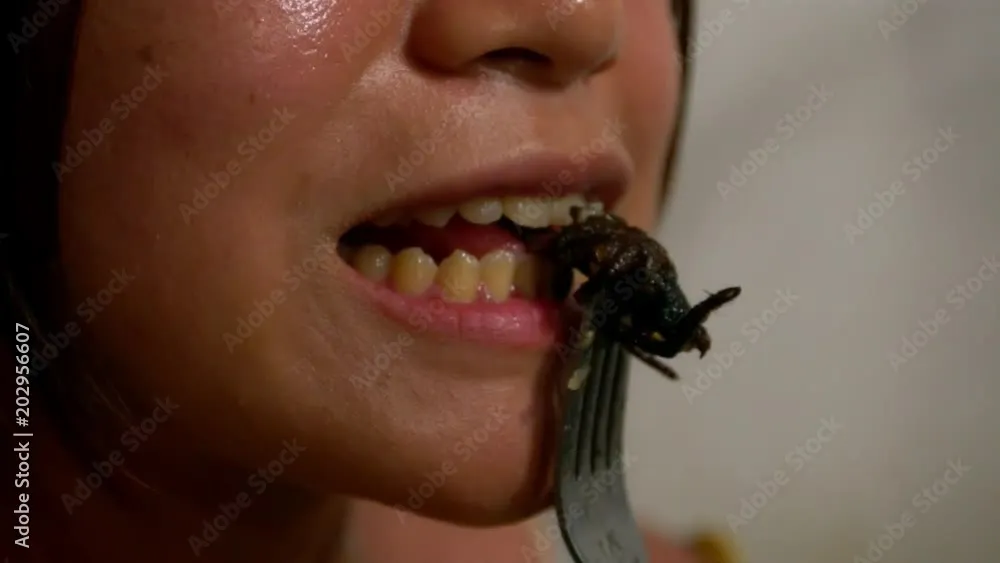
The choice of prey is crucial. Select prey items that are appropriate for the tarantula’s size and species. Common prey includes crickets, roaches, mealworms, and other insects. Ensure that the prey is alive, healthy, and of the correct size. Avoid feeding prey that are too large, as they could injure the tarantula. The prey should also be gut-loaded with nutritious food before being offered to the tarantula. This will enrich the tarantula’s diet, making the overall observation beneficial.
Ensuring a Safe Feeding Environment
Create a safe feeding environment by removing any potential hazards from the enclosure. Ensure that the tarantula has adequate space to move and hunt without obstructions. Provide a clean water source and a comfortable hiding place. Monitor the tarantula during feeding to ensure it does not get injured. In order to facilitate the observation process, the enclosure should be clear of clutter and potential hazards. A safe and secure environment will help the tarantula feel secure and increase the likelihood of a successful feeding event.
The Slow Motion Feeding Process
Once the setup is in place and the tarantula is prepared, the slow-motion feeding process can begin. The steps involved include initiating the feed, capturing the strike and venom delivery, and observing the eating process. Attention to detail at each stage will ensure you capture the best possible footage. Patience is crucial; tarantulas may not always feed immediately. The ultimate goal is to get high-quality footage that reveals insights into the tarantula’s natural behaviors.
Initiating the Feed
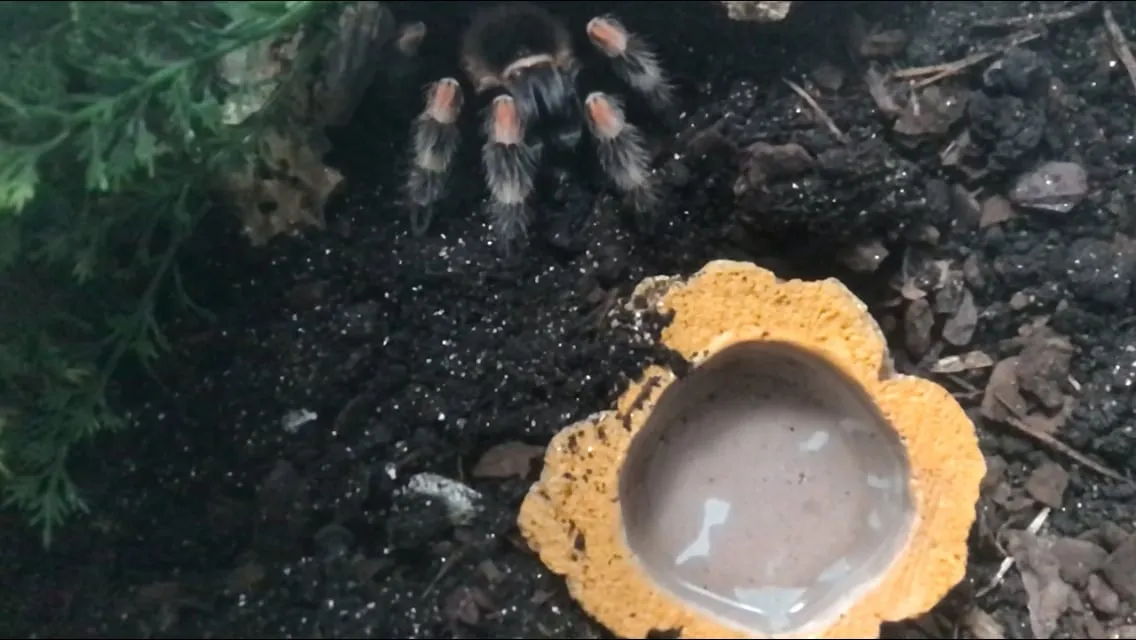
Gently introduce the prey into the tarantula’s enclosure. Observe the tarantula’s reaction. Some tarantulas will immediately become alert and ready to strike, while others may take time to become active. It is important to be patient and avoid rushing the process. Offer the prey in a way that is accessible to the tarantula, such as dropping it close to the tarantula’s hiding place. If the tarantula doesn’t show any interest, remove the prey after a short period and try again later. This is an important first step for ensuring that the rest of the process proceeds smoothly.
Capturing the Strike and Venom Delivery
The most exciting part of the process is capturing the strike and venom delivery in slow motion. Be ready to start recording as soon as the tarantula shows interest in the prey. Focus on capturing the speed and precision of the tarantula’s movements. Observe the chelicerae (mouthparts) as they inject venom into the prey. Slow motion will reveal how the tarantula attacks and subdues its prey. This is the most critical moment in the process and the footage will likely be the most fascinating.
Observing the Eating Process
After the strike, observe the eating process. Watch how the tarantula manipulates the prey with its chelicerae. Notice how it injects digestive enzymes to break down the prey’s tissues. The slow motion will allow you to appreciate the tarantula’s feeding behaviors. Keep an eye on any unusual behaviors or signs of stress. The feeding process can last from a few minutes to several hours, depending on the size of the prey and the tarantula’s appetite. Patience is key during this phase.
Analyzing the Slow Motion Footage
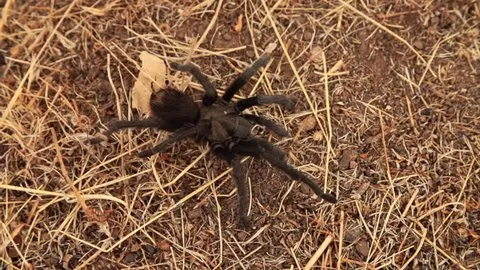
After the feeding process, it’s time to analyze the slow-motion footage. This involves identifying feeding patterns and habits, detecting any health issues, and troubleshooting any problems that may have occurred. Proper analysis can provide invaluable insights into the tarantula’s health and well-being. Take time to review the footage, look for patterns, and make detailed notes. This step will allow you to draw the most value out of all the preparation and the observation itself.
Identifying Feeding Patterns and Habits
Observe the tarantula’s feeding patterns and habits. Does it always attack in the same way? Does it have a preference for certain types of prey? How frequently does it feed? Taking note of these behaviors can provide insights into the tarantula’s overall health and well-being. Noticing small changes in the feeding behavior can be a useful indicator of issues. Documenting the feeding behavior allows you to track changes over time, which helps you identify trends and potential problems before they escalate.
Detecting Health Issues
Slow-motion footage can help detect potential health issues. Look for signs of weakness, lethargy, or difficulty in capturing or consuming prey. Observe the tarantula’s overall appearance. Is it losing weight or showing any unusual behaviors? Any of these findings can indicate a health issue. If you observe any signs of a problem, it’s important to consult with a veterinarian or experienced tarantula keeper. Early detection of health problems is important to ensure the tarantula’s well-being.
Troubleshooting Common Problems
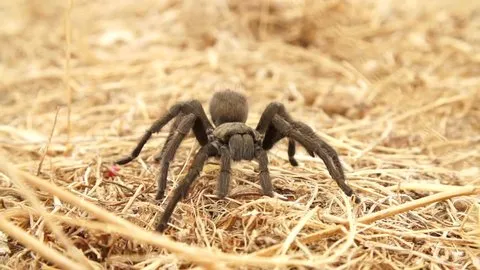
Even with the best preparation, problems can occur during tarantula feeding. These issues can range from tarantula refusal to feed to prey escape or injury. Understanding these common problems and how to troubleshoot them is essential. Having a plan for how to address possible issues ahead of time will ensure that you’re able to respond effectively.
Tarantula Refusal to Feed
If the tarantula refuses to feed, it could be due to a variety of reasons. It might be full, stressed, preparing to molt, or have an underlying health issue. Check the enclosure conditions and ensure that the tarantula is not too hot or too cold. Make sure the tarantula is not about to molt. If the refusal persists, consider consulting an expert or a veterinarian. Patience and careful observation are crucial in these situations. Avoid force-feeding and take a patient approach.
Prey Escape or Injury
Prey escape or injury can be another common problem. Ensure the prey is of an appropriate size and cannot easily escape the enclosure. If the prey escapes, carefully remove it and try again later. If the prey injures the tarantula, seek immediate veterinary care. Prevention is the key here, so choose the right prey and provide a safe enclosure. Minimize any external disturbances during feeding, because the prey may become agitated and potentially injure the tarantula.
Post-Feeding Care and Observation
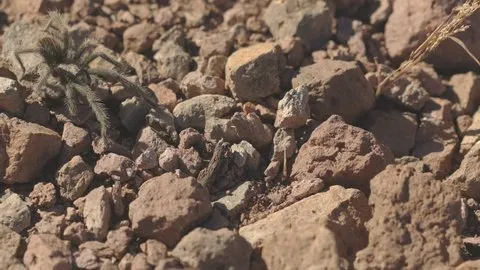
After the feeding is complete, the observation process continues. This includes cleaning and maintaining the enclosure and monitoring the tarantula’s health. This will ensure the tarantula’s well-being and allow you to get the most enjoyment from the observation. A consistent approach to the tarantula’s care routine is critical.
Cleaning and Maintaining the Enclosure
Clean the enclosure regularly to remove any uneaten prey remains and waste. Provide fresh water. Maintain the appropriate temperature and humidity levels. Regular cleaning promotes a healthy environment. The substrate should also be cleaned or replaced. Cleanliness and proper maintenance will contribute greatly to your tarantula’s health and well-being.
Monitoring the Tarantula’s Health
Continue to monitor the tarantula’s health. Observe its appearance, activity levels, and feeding habits. Look for any signs of illness or stress. Document any changes in behavior or appearance. A proactive approach to health monitoring will allow for the early detection of problems. Any unusual behaviors should be noted. The more you understand your tarantula, the better able you’ll be to identify any problems that may occur. This ongoing monitoring is an essential aspect of responsible tarantula ownership.
